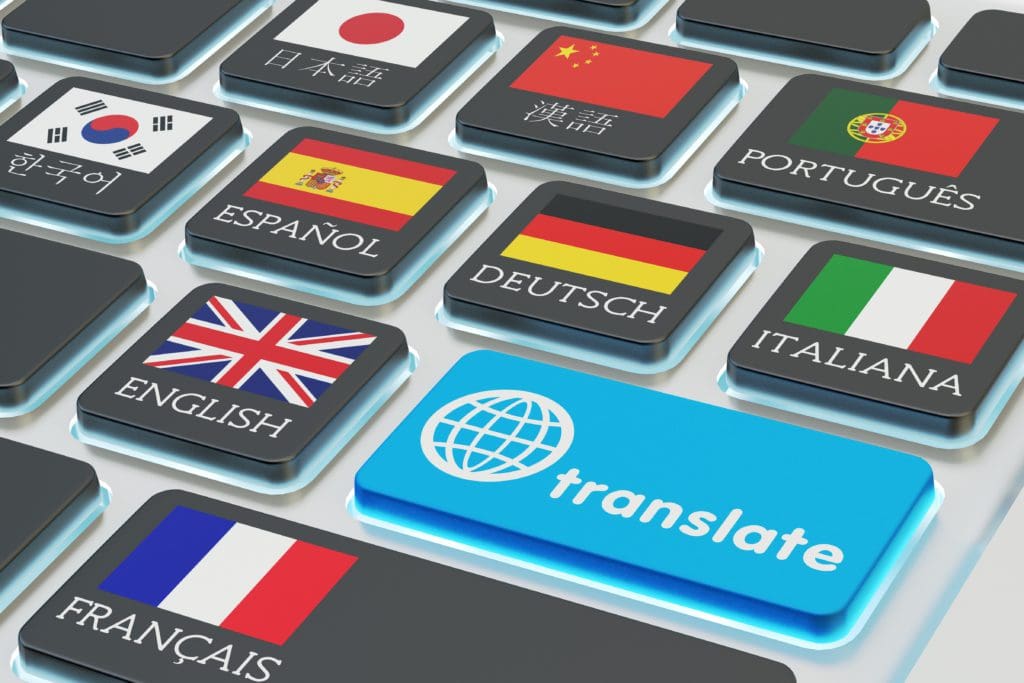By Anu Kattoju, Regulatory Compliance Specialist

As businesses expand, so does the territory in which manufacturers and suppliers reach. As expansion commences across international borders a very pertinent requirement is a Safety Data Sheet (SDS). A Safety Data Sheet is a sixteen-section document that’s main purpose is to educate a product’s user about the chemical(s) hazards, potential risks, and safety information associated with a product. These hazards can be categorized into three classes: physical, health, and environmental. Hazard classification is the determination of the nature and severity of chemicals. An SDS will inform a user if they need to take precautions due to a product’s composition. Hazards are reported with corresponding occupational exposure limits. The occupational exposure limits minimize your hazard(s) from chemicals that may affect your health by inhaling the fumes or dust. Other sections on the SDS detail toxicology, ecotoxicity, disposal information, as well as shipping precautions. The transportation section will include such information as the assigned UN #, Packing Group, and Hazard Class to your product. This section is critical as it informs the customer and shipping company how to safely handle the product. The information included in all sections of an SDS should be as accurate as possible, as false information may result in large fines.
When transporting goods and materials across international borders, it is important to take note of country-specific regulatory jurisdictions. A Safety Data Sheet authored for the United States will not meet the conditions necessary for the European Union. Each Jurisdiction has its own set of requirements and preferred format. The Globally Harmonized System was developed by the United Nations to bring chemical regulations and standards of different countries into agreement. However, no country is obligated to adopt all or even part of the Globally Harmonized System. This created differing hazard classifications between jurisdictions; for example, a chemical that is carcinogenic in one country may not be considered carcinogenic in another country. TotalSDS takes this into consideration, allowing for products to be easily generated between jurisdictional standards.
While materials and goods travel across international borders with their corresponding SDSs, it is a requirement to provide a Safety Data Sheet that is in the destination’s native language. Translations are not as simple as using Google Translate. Due to the complexity found in Safety Data Sheets, accurate translations typically require experienced translators to translate the scientific phrases and language. The accurate translation of a Safety Data Sheet is critical in allowing a product to pass through a foreign country’s customs process; any irregularities could cause delays within customs clearing a shipment. More importantly, however, inaccuracies could be tragic in an emergency scenario. When chemicals spill and skin or eye irritation is occurring or chemical spills need to be cleaned up, the Safety Data Sheet will be consulted for immediate remedies. TotalSDS offers an extensive library of translated statements during the SDS creation process to help simplify this problem. Numerous languages are embedded directly into our TotalSDS software, which when using our standard base statements, allow for a Safety Data Sheet to be translated immediately.
A Safety Data Sheet is a complex document. The information presented on a Safety Data Sheet needs to be correct whether being used domestically or internationally. Our Regulatory Staff have the capability to create a compliant SDS, provide training on GHS regulations, and most importantly offer a software solution for SDS Authoring and Translations.
Contact TotalSDS to find out more and book a demo today.


